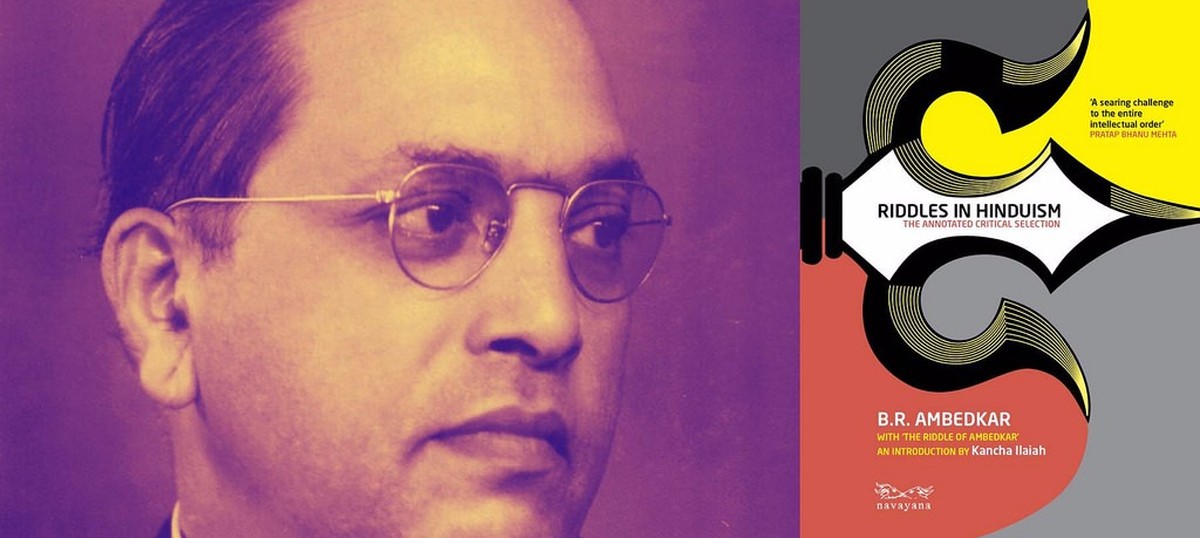Few have heard of the Brahmanic dogma called Kali Varjya. It must not be confused with another Brahmanic Dogma of Kali Yuga. The dogma of Kali Varja prescribes that customs and usages which are valid and good in other yugas are not to be observed in the Kali Age. The references to these instructions are scattered in the different Puranas. But the Adityapurana has codified them and brought them together1. The practices which are Kali Varjya are given below :
- To appoint the husband’s brother for procreating a son on a widow.
- The remarriage of a (married) girl (whose marriage is not consummated) and of one (whose marriage was consummated) to another husband (after the death of the first.
- The marriage with girls of different Varna among persons of the three twice-born classes.
- The killing even in a straight fight of Brahmanas that have become desperadoes.
- The acceptance (for all ordinary intercourse such as eating with him) of a twice-born person who is in the habit of voyaging over the sea in a ship even after he has undergone a prayascitta.
- The initiation for a sattra.
- The taking of a Kamandali (a jar for water).
- Starting on the Great Journey.
- The killing of a cow in the sacrifice called Gomedha.
- The partaking of wine even in the Srautmani sacrifice.
- Licking the ladle (sruc) after the Agnihotra Hoama in order to take off the remains of the offerings and using the ladle in the Agnihotra afterwards when it has been so licked.
- Entering into the stage of forest hermit as laid down in sastras about it.
- Lessening the periods of impurity (due to death and birth) in accordance with the conduct and Vedic learning of a man.
- Prescribing death as the penance (prayascitta) for Brahmans.
- Expiation (by secretly performed prayascittas) of the mortal sins other than theft (of gold) and the sin of contact (with those guilty of Mahapatakas).
- The act of offering with Mantras animal flesh to the bridegroom, the guest and the pitras.
- The acceptance as sons of those other than the aurasa (natural) and adopted sons.
- Ordinary intercourse with those who incurred the sin of (having intercourse with) women of higher castes, even after they had undergone the prayascitta for such sin.
- The abandonment of the wife of an elderly person or of one who is entitled to respect) when she has had intercourse with one with whom it is severely condemned.
- Killing oneself for the sake of another.
- Giving up food left after one has partaken of it.
- Resolve to worship a particular idol for life (in return for payment).
- Touching the bodies of persons who are in impurity due to death after the charred bones are collected.
- The actual slaughter by Brahmanas of the sacrificial animal.
- Sale of the Soma plant by Brahmanas.
- Securing food even from a Sudra when a Brahmana had no food for six times of meals (i.e., for three days).
- Permission to (a Brahmana) householder to take cooked food from Sudras if they are his dasas, cowherds, hereditary friends, persons cultivating his land on an agreement to pay part of the produce.
- Going on a very distant pilgrimage.
- Behaviour of a pupil towards his teacher’s wife as towards a teacher that is declared (in Smritis).
- The maintenance by Brahmanas in adversity (by following unworthy avocations) and the mode of livelihood in which a Brahmana does not care to accumulate for tomorrow.
- The acceptance of aranis (two wooden blocks for producing fire) by Brahmanas in the Homa at the time of Jatakarma in order that all the ceremonies for the child from Jatakarma to his marriage may be performed therein.
- Constant journeys by Brahmanas.
- Blowing of fire with the mouth (i.e., without employing a bamboo dhamani).
- Allowing women who have become polluted by rape, etc., to freely mix in the caste (when they have performed prayascitta) as declared in the sastric texts.
- Begging of food by a sannyasin from persons of all Varnas (including Sudra).
- To wait (i.e., not to use) for ten days water that has recently been dug in the grounds.
- Giving fee to the teacher as demanded by him (at the end of study) according to the rules laid down in the sastra.
- The employment of Sudras as cooks for Brahmanas and the rest.
- suicide of old people by falling from a precipice of into fire.
- Performing acamana by respectable people in water that would remain even after a cow has drunk it to its heart’s content.
- Fining witnesses who depose to a dispute between father and son.
- Sannyasin should stay where he happens to be in the evening.
The strange thing about this code of Kali-Varjya is that its significance
has not been fully appreciated. It is simply referred to as a list of things forbidden in Kali Yug. But there is more than this behind this list of don’ts. People are no doubt forbidden to follow the practice listed in the Kali Varjya Code. The question however, is: Are these practices condemned as being immoral, sinful or otherwise harmful to society? The answer is no. One likes to know why these practices if they are forbidden are not condemned? Herein lies the riddle of the Kali Varjya Code. This technique of forbidding a practice without condemning it stands in utter contrast with the procedure followed in earlier ages. To take only one illustration. The Apastambha Dharma Sutra forbids the practice of giving all property to the eldest son. But he condemns it. Why did the Brahmins invent this new technique, forbid but not condemn? There must be some special reason for this departure. What is that reason?
This Article is taken from Babasaheb Ambedkar’s book Riddles in Hinduism

